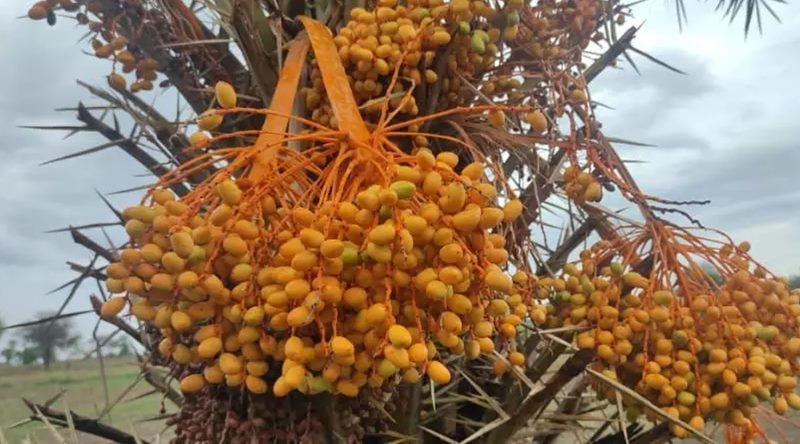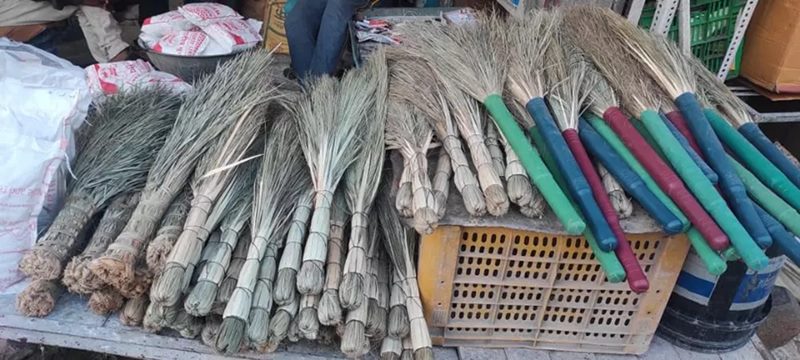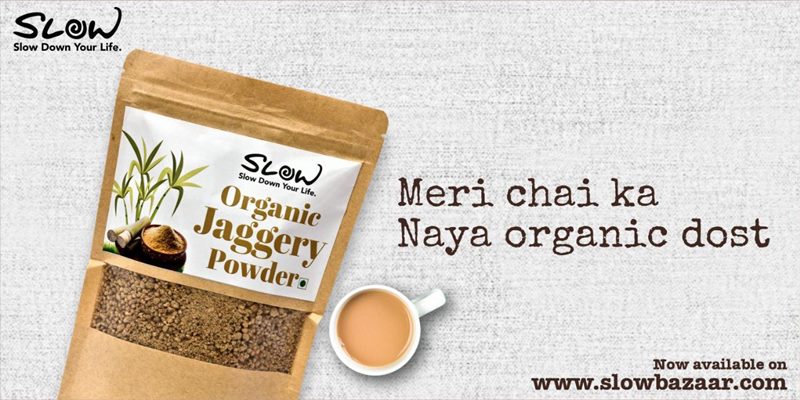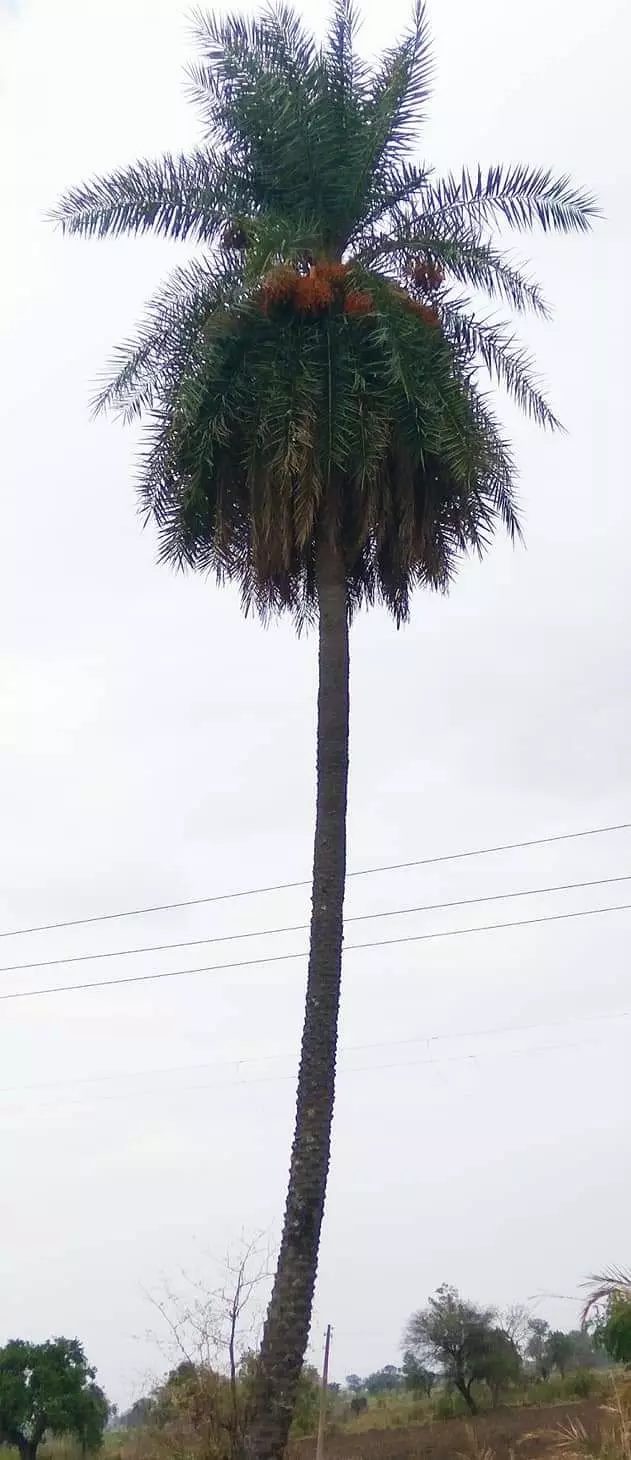A perfect date: Chhindwara’s sugar date palms are multipurpose, and friends of the farmers
The fruits of the sugar date palms are delicious, the leaves are turned into brooms and used to make thatched roofs, and its roots are believed to recharge groundwater. It is an integral part of rites and rituals amongst the tribal communities in the area.


Sugar made from the sugar date palm is a lot more nutritious than cane sugar.
Chhindwara in Madhya Pradesh gets its name from the sugar date palm that proliferates there. Known variously as the wild date palm, toddy date palm, silver date palm and the Indian date palm, it is a member of the arecaceae family and its botanical name is Phoenix sylvestris.
Chhind in Hindi is the date palm and Bara means garden, and over the years the area in which it grew came to be known as Chhindwara that lies about 275 kilometres away from the state capital of Bhopal.
A resilient tree
A sturdy tree, it grows well in various kinds of soil, does not need too much water and is formidably resistant to pests on account of its thorny leaves. Many birds choose this tree to make their nests as its prickly leaves provide readymade protection from potential predators. The leaves are also used to make durable brooms.
Also Read: Sparrow boxes and a lesson in conservation
The resilient tree thrives even during droughts and continues to yield its delicious fruits that are used as ingredients in many ayurveda medicines and concoctions. It is believed that they are particularly good to tackle fevers, nausea, general weakness, etc. The kernel is often ground along with nutmeg and is believed to be good for the digestive health of children.

The sugar date palm fruits are packed with healthy carbohydrates, phenols, amino acids, flavonoids, tannins, alkaloids, terpenoids, fibre, vitamins, and various minerals.
Also Read: The desert coolers of Rajasthan
Sweet uses of the date palm
Sugar made from the sugar date palm is a lot more nutritious than cane sugar. It is also used to make palm jaggery. In some places, the sap obtained from the tender stems of the tree, much like the toddy, is consumed by people.

When a sugar date palm is felled during a storm, shepherds cut off the top of the trees where the stems are still tender and eat it. The taste is supposed to resemble that of the famous sweetmeat, the petha that is made from ash gourds. Its fragile xylem is a storehouse of starch that can be used to make sago like cycas. It has the potential to be a source of income.
Also Read: Treeman: Bhaiyaram Yadav of Chitrakoot has created a forest with more than 40,000 trees
The broad leaves of the tree are often woven together to make thatches that keep homes, stables and people travelling on bullock carts cool in summers and warm in winters.
Sugar date palm: farmer’s friend
The tree serves to hold the soil together and prevents erosion and can be the perfect boundary to a field or farmland. The birds that seek refuge in it, act as pest control as they protect crops by devouring the worms/insects. Nitrogen-fixing bacteria are present in their nodular roots, which is again good for the soil’s fertility.

Also Read: A walk through the vanams or mini urban forests of Coimbatore in Western Tamil Nadu
The Mycorrhiza fungus located in the roots of the tree provide it water and nutrients from the soil and the tree in turn, provides sugars to the fungus thereby setting up a thriving symbiosis.
An integral part of rites and rituals
The sugar date palm tree is integral to tribal customs and traditions, in and around Chhindwara. People wear rings made of the leaves on special occasions, as the leaves are a symbol of purity. A broom made of the Chhind leaves is also traditionally worshiped during the Diwali puja.
Local inhabitants believe that the roots of this tree grow in the direction towards a water source underground. Farmers often decide to build their wells where there are sugar date palms growing nearby. They believe these trees recharge groundwater.
(Vikas Sharma is an assistant professor in the Department of Botany at the University in Chaurai, Chhindwara, Madhya Pradesh. Views are personal)
Read the story in Hindi.

